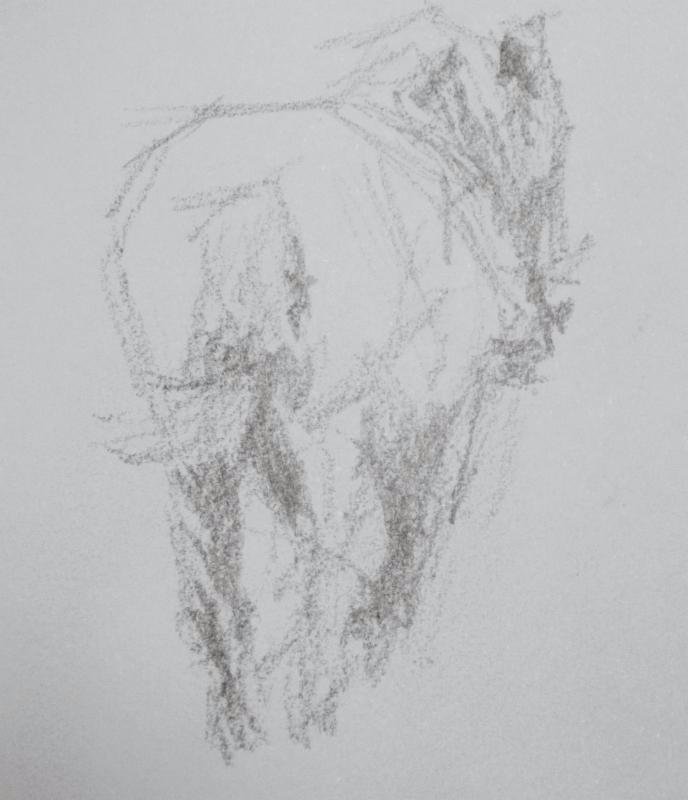One of the hottest controversies in the painting world revolves around tracing projected photos onto the painting surface versus setting up a preliminary drawing free hand. Many painting teachers actually teach students to trace projections rather than showing them how to do a preliminary drawing. Students follow the practice innocently without realizing the limitations tracing puts on their work as well as their artistic growth.

Here are my thoughts about this practice:
- Tracing projections deceives the artist into thinking he/she is a more accomplished artist than they really are.
- Tracing denies the artist the exhilaration of making visual discoveries during the process of setting up the preliminary drawing as well as during the painting process..
- Tracing deceives the viewer into thinking the artist actually shaped the images.
- Tracing blocks opportunity for growth. It creates a dependency.
- Tracing inhibits making open-ended composing decisions.
- Tracing creates a fear of learning to draw.
- And most important, I think: tracing blocks individual expression.
I know of nothing more freeing than feeling confident about drawing. I suspect, though, that the practice of tracing began because of shaky drawing skills or at least an insecurity about drawing. But five decades of teaching drawing have proven to me that anybody who wants to can learn to draw. I've seen it happen again and again. And with the right teacher, it can be easy to learn and a joyful experience.







